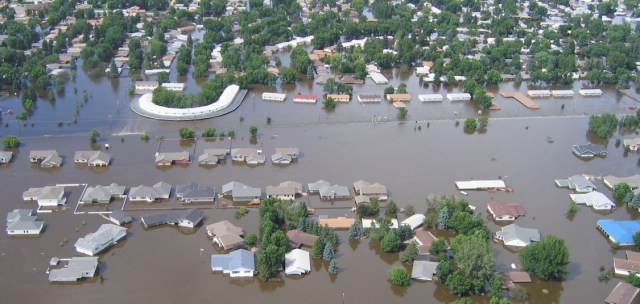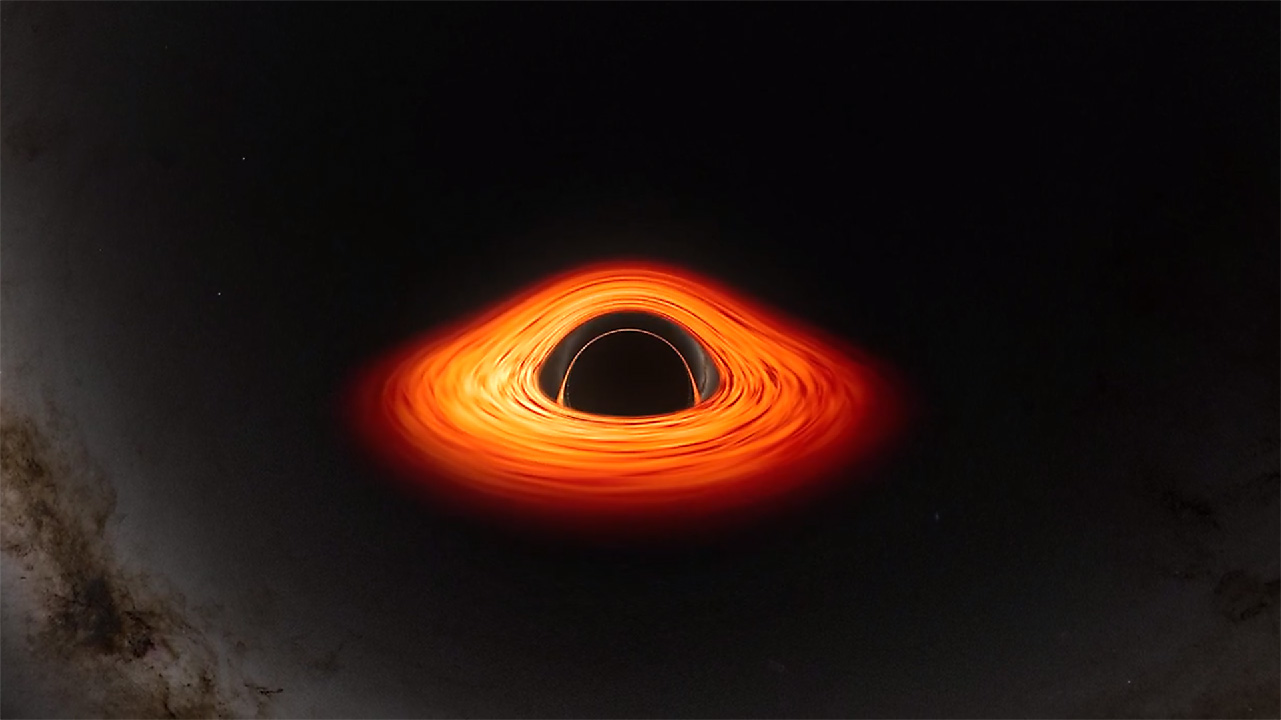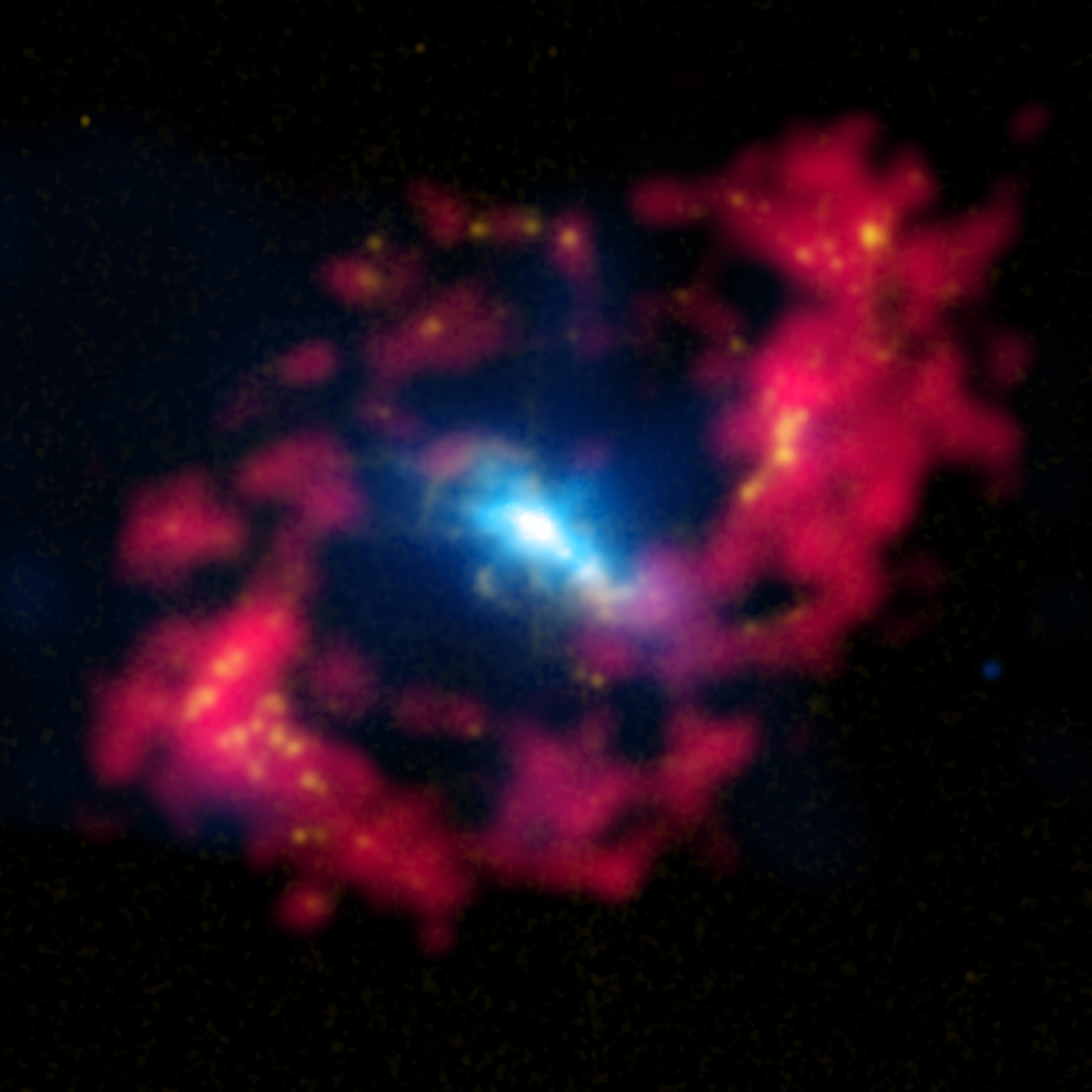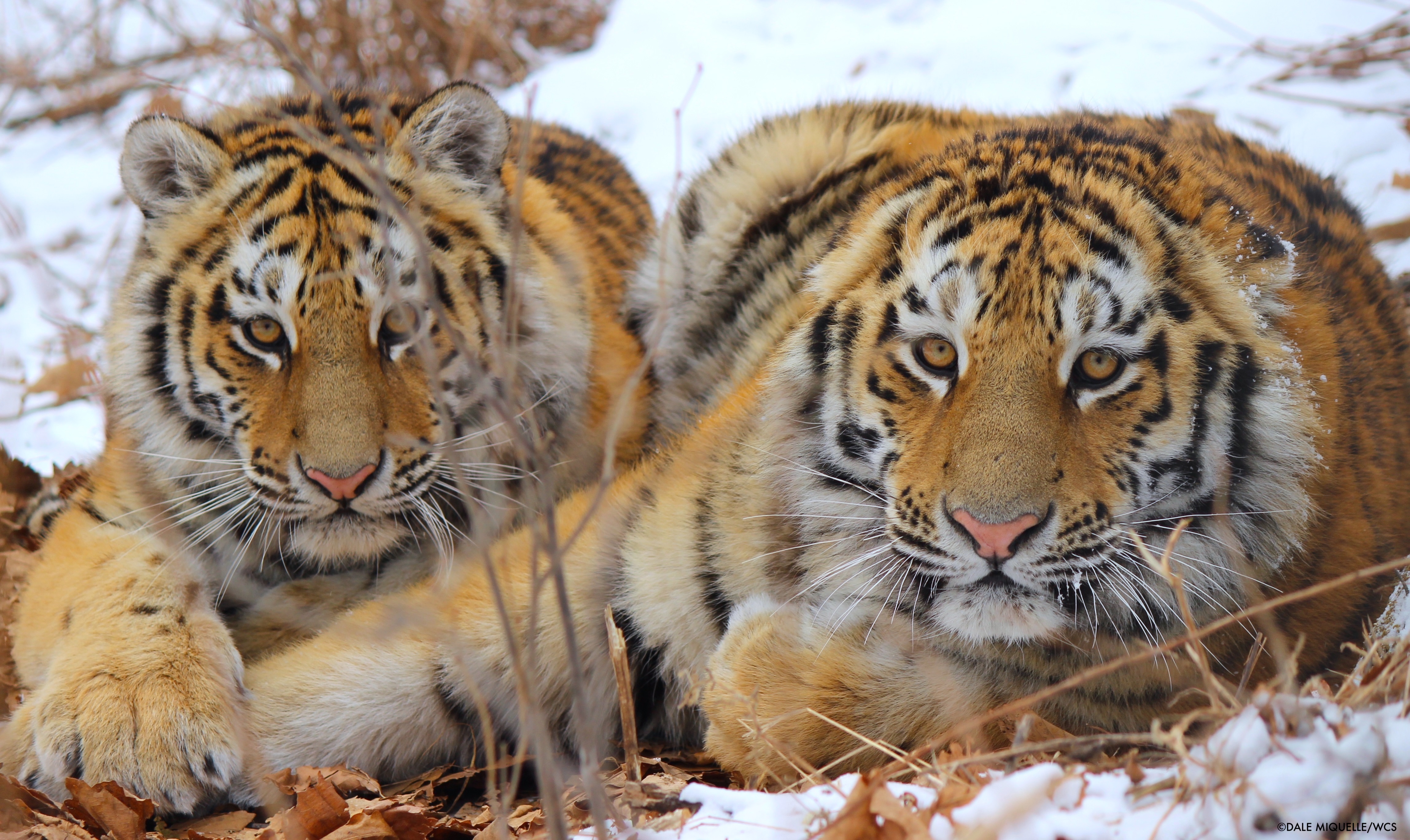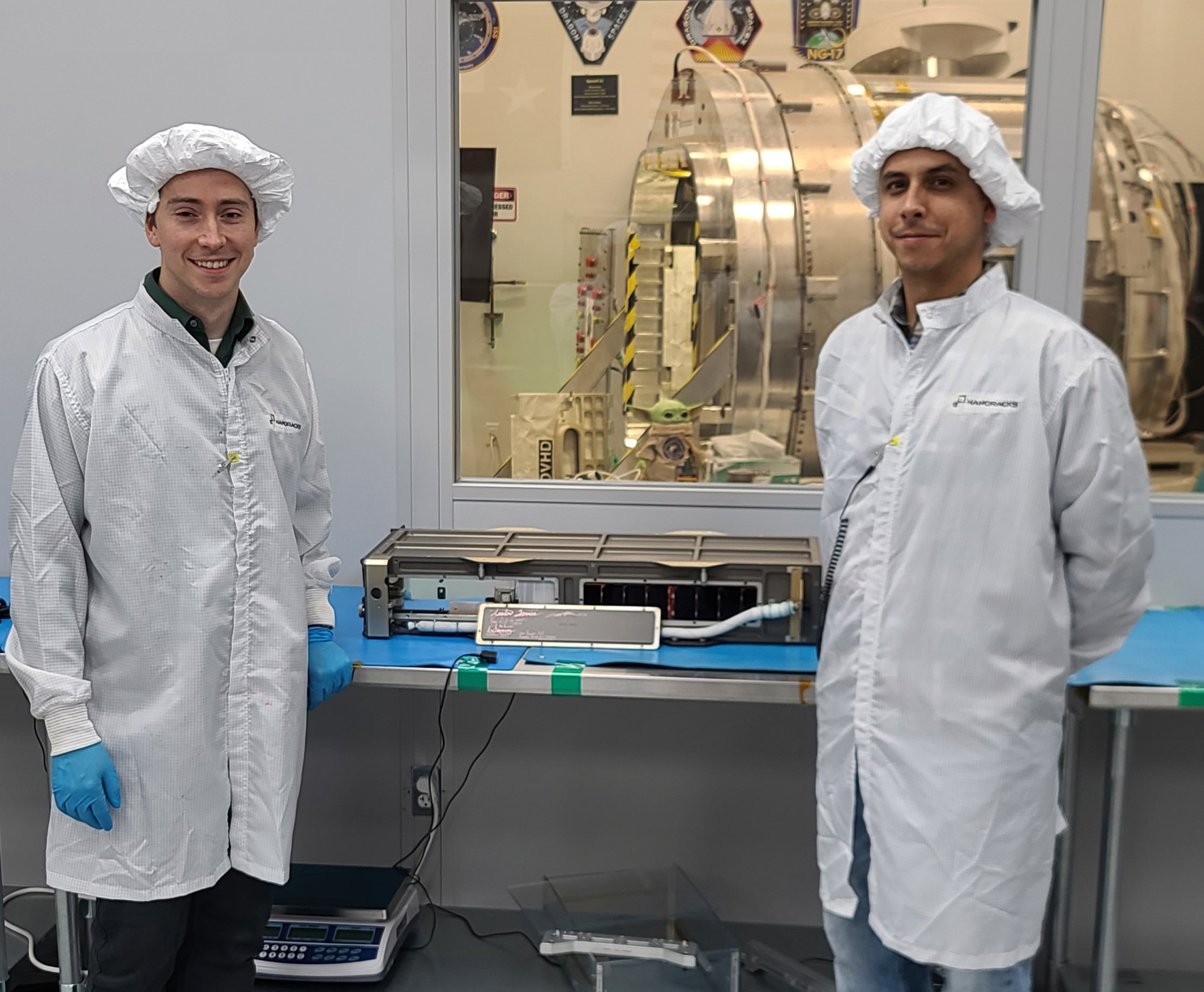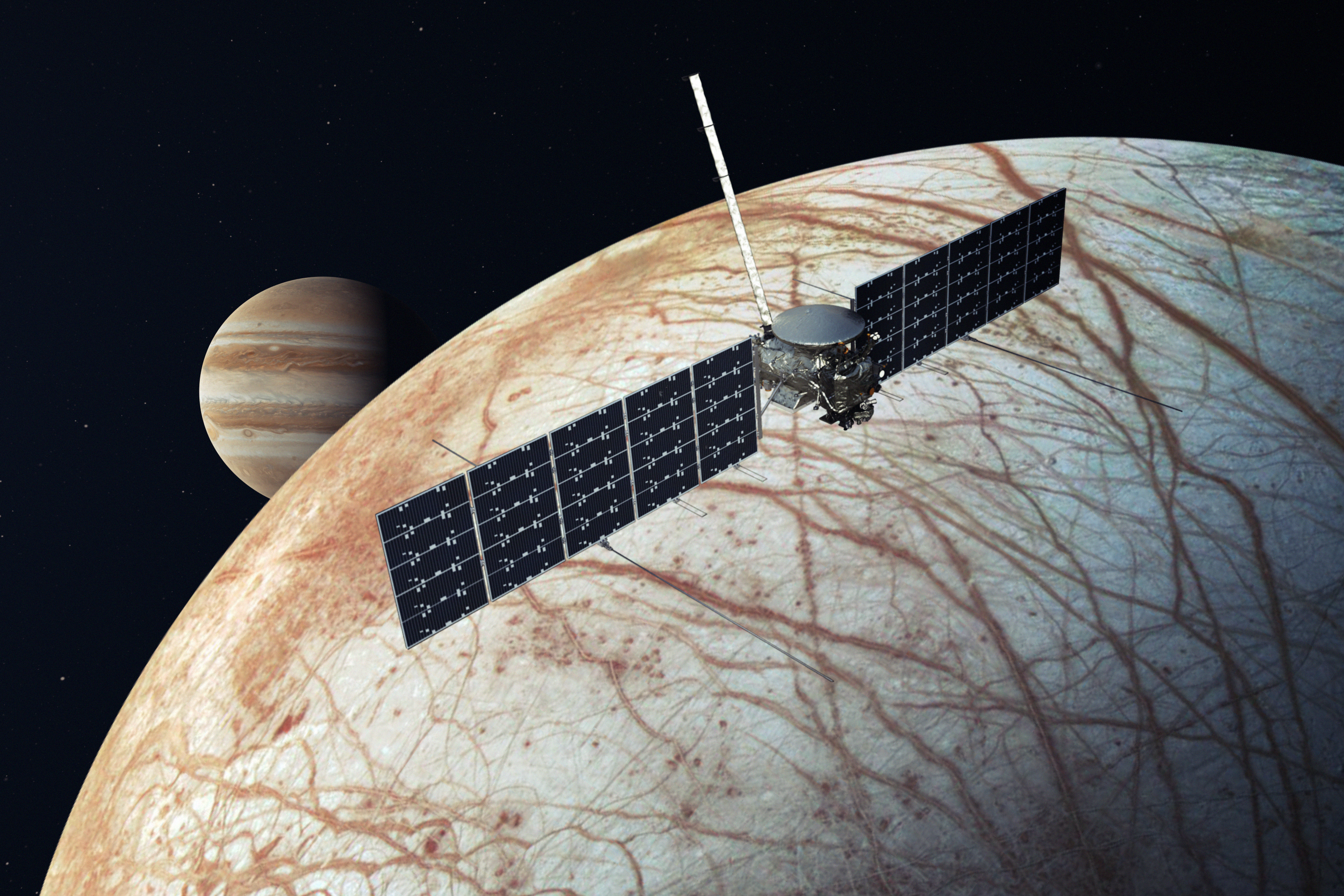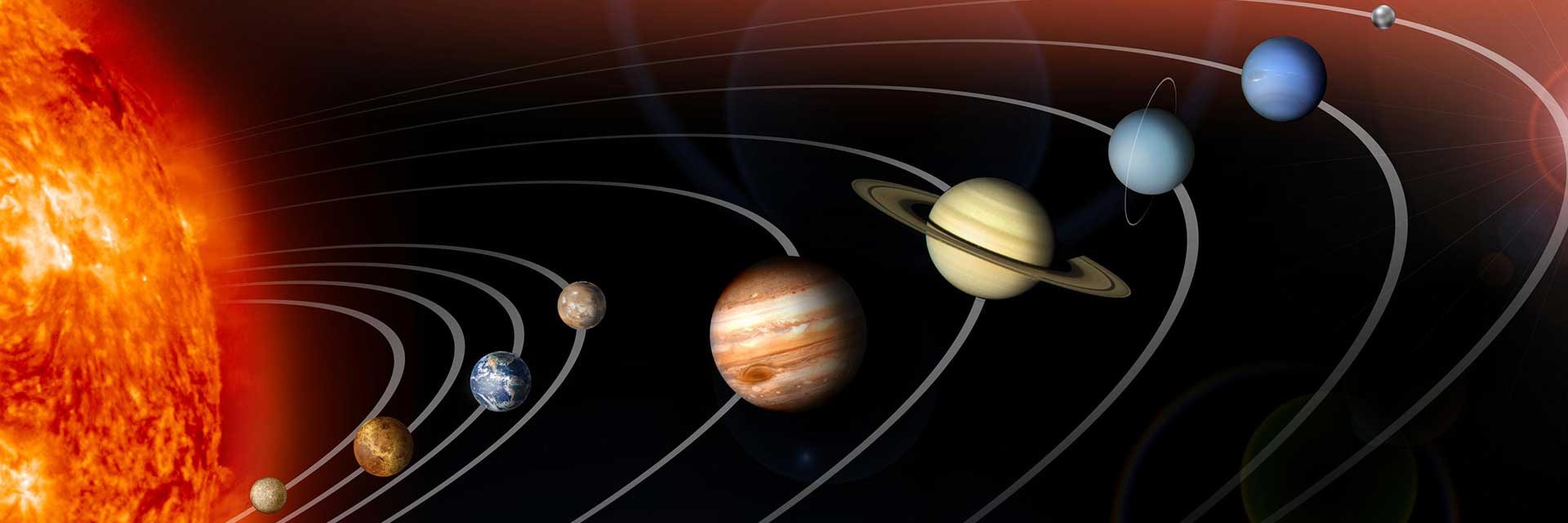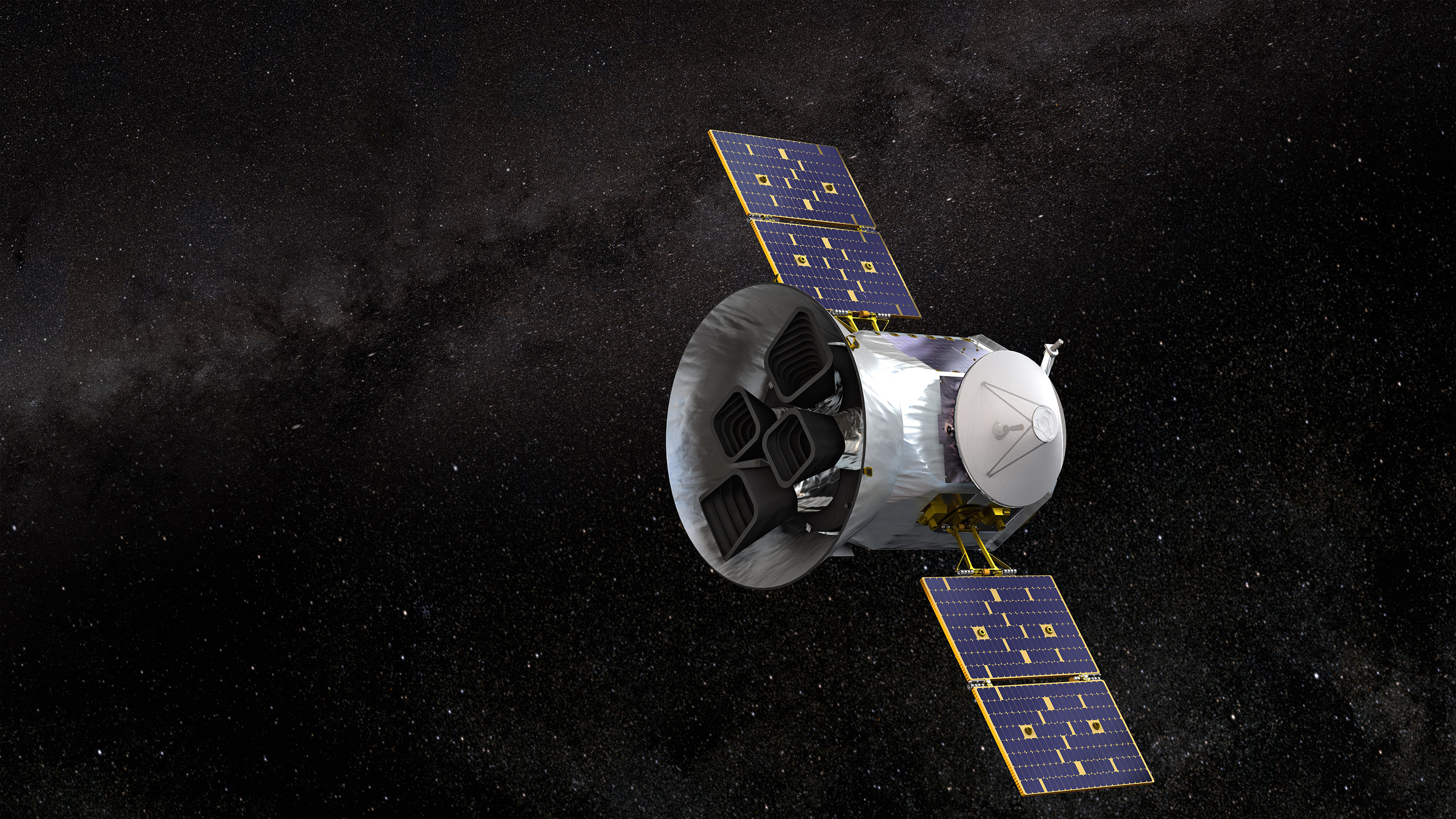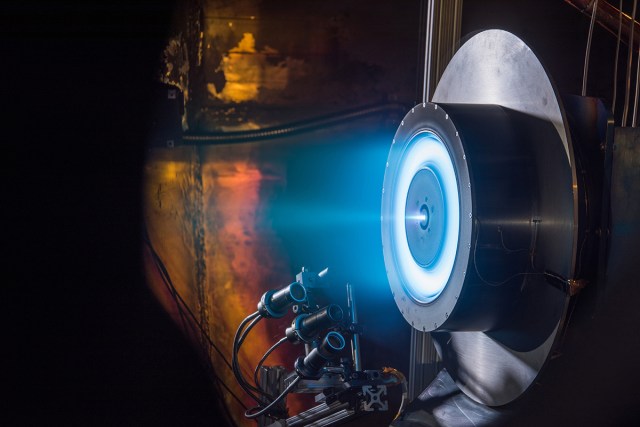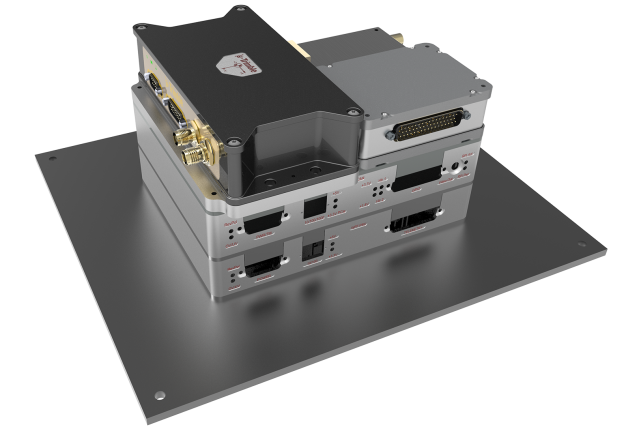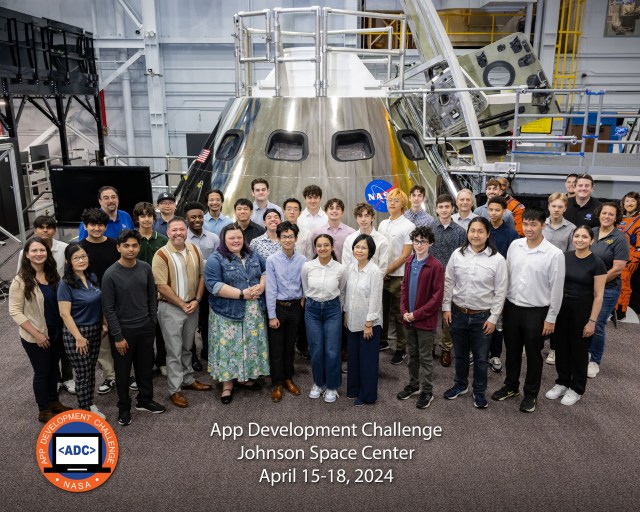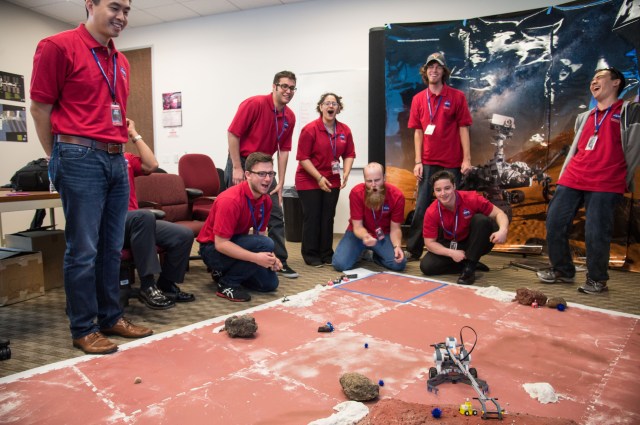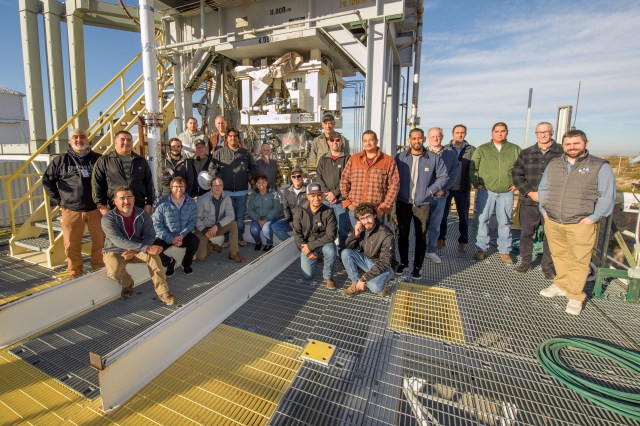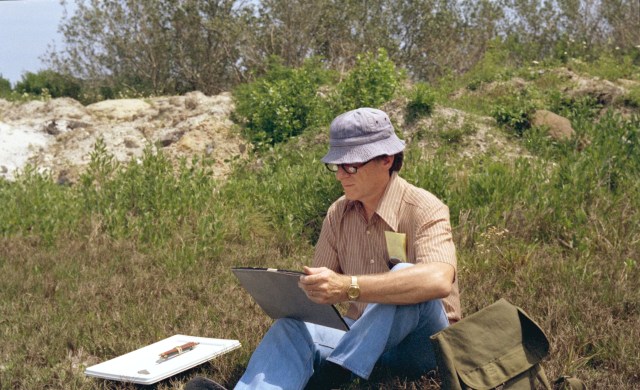
Taejin Park
Research Scientist, NASA Earth eXchange (NEX)
Affiliation: Bay Area Environmental Research Institute, NASA Earth eXchange (NEX)
Branch: Biospheric Science Branch (SGE)
Email: taejin.park@nasa.gov
Google Scholar: https://scholar.google.co.kr/citations?hl=en&user=QTzCTmUAAAAJ&view_op=list_works&sortby=pubdate
Personal Biography
Dr. Taejin Park is a research scientist at the Bay Area Environmental Research Institute and NASA Earth eXchange (NEX) at Ames Research Center. Before joining the NEX team, he received a Ph.D. in Earth & Environment from Boston University in 2019 and M.S/B.S in Environmental Science and Ecological Engineering at the Korea University in 2012/2010. Taejin’s research focuses on the application of satellite- and airborne remote-sensing, in situ measurements, and process-based models to understand processes impacting terrestrial ecosystems and carbon cycle. He is currently working on two NASA funded projects: Carbon Monitoring System (CMS) and Global Ecosystem Dynamics Investigation (GEDI). Additionally, he has been actively interacting with researchers in the NEX team to build a global-scale geostationary satellite product suite (GeoNEX).
Education
Ph.D., 2019, Dept. of Earth & Environment, Boston Univ., Boston, MA, USA
M.S., 2012, Dept. of Environ. Sci. & Ecol. Engineering, Korea Univ., Seoul, KOREA
B.S., 2010, Dept. of Environ. Sci. & Ecol. Engineering, Korea Univ., Seoul, KOREA
Experience
2019 – Present: Research Scientist, NASA Ames Research Center / Bay Area Environmental Research Institute, Moffett Field, CA, USA
2013 – 2019: Graduate Research Associate, Boston University, Boston, USA
2010 – 2012: Graduate Research Associate, Environmental GIS/RS center, Korea Univ., Seoul, KOREA
Projects
2022 – 2025: Carbon monitoring system across Mexico: continued development and application at the national scale (NASA CMS, PI: Rodrigo Vargas, Participated as Co-I)
2021 – 2024: Monitoring and forecasting large-scale patterns of forest structure and carbon dynamics using field, remote sensing, and process-based models (NASA GEDIST, PI: Taejin Park )
2019 – 2021: Carbon monitoring systems across Mexico to support implementation of REDD+: maximizing benefits and knowledge (NASA CMS, PI: Rodrigo Vargas, Participated as Co-I)
Professional Activities
Editorial Service: Remote Sensing (Section board: Remote Sensing in Agriculture and Vegetation)
Journal Reviews: Science, Nature Sustainability, Nature Ecology & Evolution. Proceedings of the National Academy of Sciences, Remote Sensing of Environment, Remote Sensing, Agricultural and Forest Meteorology, Environmental Research Letters, Global Change Biology, Environment International, Canadian Journal of Remote Sensing, Geoscience and Remote Sensing Letters, International Journal of Remote Sensing, Biology Letters, Sensors, Journal of Mountain Science, International Journal of Applied Earth Observations and Geoinformation, Geophysical Research Letter
Session convener: 2021 Asia Oceania Geosciences Society (IG25: Earth Observations from a New Generation of Geostationary Satellites)
Contributing author: Annual report preparation for the Arctic report card (tundra vegetation greenness) and State of the Climate (Phenology of primary producers in Global change and Tundra greenness in Arctic change)
Awards and Honors
2023: NASA Ames Honor Award, Contractor Employee
2016 – 2019: NASA Earth and Space Science Fellow (NESSF)
2018: Best Paper Award in Korean-American Association for Geospatial and Environmental Science (KAGES)
2017: Boston University Graduate Student Organization Travel Grant
2015: Best Oral Presentation Award in 2015 Canadian Symposium on Remote Sensing
2014: AmeriFlux Scholarship – Student Travel Award
2012: JISTEC (Japan) – NRF (Korea) Research Fellow Grant
2012: Research Fellowship in RWTH Aachen University, Aachen, Germany (Declined)
2011: Best Poster Award in Spring Symposium of Korean Forestry Society
2011: Best Paper Award in Spring Symposium of Korean Society of Remote Sensing
2011 – 2012: Brain Korea (BK21) Scholarship, Nat’l Research Foundation (NRF) of Korea
2004 – 2011: Song-Won Scholarship
Publications
(48 publications & 2619 citations)
- Yan et al. (including Park T) (2021) Performance stability of the MODIS and VIIRS LAI algorithms inferred from analysis of long time series of products. Remote Sensing of Environment. https://doi.org/10.1016/j.rse.2021.112438
- Duncanson L. et al (including Park T) (2021) Aboveground Woody Biomass Product Validation Good Practices Protocol. Version 1.0. In L. Duncanson, M. Disney, J. Armston, J. Nickeson, D. Minor, and F. Camacho (Eds.), Good Practices for Satellite Derived Land Product Validation, (p. 236): Land Product Validation Subgroup (WGCV/CEOS), doi:10.5067/doc/ceoswgcv/lpv/agb.001
- Peano et al. (including Park T) (2020) Plant phenology evaluation of CRESCENDO land surface models–Part I: start and end of growing season. Biogeosciences Discussions, pp.1-36.
- Frost G.V et al. (including Park T) (2020) Tundra Greenness, NOAA Arctic Report Card 2020.
- Park, T. (2020) Potential Lidar Height, Intensity, and Ratio Parameters for Plot Dominant Species Discrimination and Volume Estimation. Remote Sensing, 12(19), p.3266.
- Hemming D.L et al. (including Park T) (2020) Phenology of primary producers [in “State of the Climate in 2019”]. Bulletin of the American Meteorological Society. S95-S98.
- Li et al. (including Park T) (2020) Mapping the yields of lignocellulosic bioenergy crops from observations. Earth Data. , 12(2), pp.789-789.
- Piao S, Wang S, Park T et al. (2020) Characteristics, drivers and feedbacks of global greening. Nature Reviews Earth & Environment, pp.1-14.
- Kim et al. (including Park T) (2020) Species-and elevation-dependent productivity changes in East Asian temperate forests. Environmental Research Letters, 15(3), p.034012.
- Xu B, Li J, Park T et al. (2020) Improving leaf area index retrieval over heterogeneous surface mixed with water. Remote Sensing of Environment, 240, p.111700.
- *Park T et al. (2019) Changes in timing of seasonal peak photosynthetic activity in northern ecosystems. Global Change Biology, doi:10.1111/gcb.14638.
- Hemming D.L et al. (including Park T) (2019) Phenology of terrestrial and freshwater primary producers [in “State of the Climate in 2018”]. Bulletin of the American Meteorological Society.
- Tømmervik, H., Bjerke, J.W., Park, T et al. (2019): Legacies of historical exploitation of natural resources more important than summer warming for recent biomass increases in a boreal-arctic transition region. Ecosystems, p.1-18.
- Chen C, Park T et al. (2019) China and India Lead in Greening of the World through Land-use Management. Nature Sustainability, 2(2), p.122.
- Epstein H, Bhatt U, Raynolds M, Walker D, Forbes B, Phoenix G, Bjerke J, Tømmervik H, Karlsen SR, Myneni R, Park T et al. (2018) Tundra Greenness, NOAA Arctic Report Card 2018.
- Song W, Knyazikhin Y, Wen G, Marshak A, Mõttus M, Yan K, Yang B, Xu B, Park T et al. (2018) Implications of Whole-Disc DSCOVR EPIC Spectral Observations for Estimating Earth’s Spectral Reflectivity Based on Low-Earth-Orbiting and Geostationary Observations. Remote Sensing. 10(10), p1594.
- Epstein H, Bhatt U, Raynolds M, Walker D, Pinzon J, Tucker CJ, Forbes C, Horstkotte T, Macias-Fauria M, Martic A. Phoenix G, Bjerke J, Tømmervik H, Fauchald P, Vickers H, Myneni R, Park T et al. (2018) Tundra greenness [in “State of the Climate in 2017”]. Bulletin of the American Meteorological Society. 99 (8), S165–S169, doi:10.1175/2018BAMSStateoftheClimate.1.
- Hemming D.L, Abernethy R, Armitage C, Bolmgren K, Myneni R, Park T et al. (2018) Phenology of terrestrial and freshwater primary producers [in “State of the Climate in 2017”]. Bulletin of the American Meteorological Society. 99 (8), S63-S66, doi:10.1175/2018BAMSStateoftheClimate.1.
- Xu B, Li J, *Park T et al. (2018) An integrated method for validating long-term leaf area index products using global networks of site-based measurements. Remote Sensing of Environment. 209, p134–151.
- Xu B, *Park T et al. (2018) Analysis of Global LAI/FPAR Products from VIIRS and MODIS Sensors for Spatio-temporal Consistency and Uncertainty over 2012-2016. Forests. 9(2), p.73.
- Yan K, *Park T et al. (2018) Generating Global Product of LAI and FPAR from SNPP–VIIRS Data: Theoretical Background and Implementation. IEEE Transactions on Geoscience and Remote Sensing. DOI: 10.1109/TGRS.2017.2775247.
- Yue C, Ciais P, Bastos A, Chevallier F, Yin Y, Rödenbeck C, Park T. (2017). Vegetation greenness and land carbon flux anomalies associated with climate variations with a focus on the year 2015. Atmospheric Chemistry and Physics Discussions. 17, 13903-13919.
- Ni X, Cao C, Zhou Y, Ding L, Choi S, Shi Y, Park T et al. (2017). Estimation of Forest Biomass Patterns across Northeast China Based on Allometric Scale Relationship. Remote Sensing. 8(8), 288.
- Yang B, Knyazikhin Y, Mõttus M, Rautiainen M, Stenberg P, Yan L, Chen C, Yan K, Choi S, Park T et al. (2017). Estimation of leaf area index and its sunlit portion from DSCOVR EPIC data: Theoretical Basis. Remote Sensing of Environment. 198, 69-84.
- Fauchald P, Park T et al. (2017). Arctic greening from warming promotes declines in caribou populations. Science Advances, 3(4), p.e1601365.
- Bastos A, Ciais P, Park T et al. (2017.) Was the extreme Northern Hemisphere greening in 2015 predictable? Environmental Research Letters, 12(4), p.044016.
- Chen C, Knyazikhin Y, Park T et al. (2017). Prototyping of LAI and FPAR Retrievals from MODIS Multi-Angle Implementation of Atmospheric Correction (MAIAC) Data. Remote Sensing, 9(4), p.370.
- *Park T et al. (2016) Changes in growing season duration and productivity of northern vegetation inferred from long-term remote sensing data. Environmental Research Letters. doi:10.1088/1748-9326/11/8/084001.
- Choi S, Kempes C, Park T et al. (2016). Application of the metabolic scaling theory and water-energy balance equation to model large-scale patterns of maximum forest canopy height. Global Ecology and Biogeography. DOI: 10.1111/geb.12503.
- Yang B, Knyazikhin Y, Lin Y, Yan K, Chen C, Park T et al. (2016). Analyses of Impact of Needle Surface Properties on Estimation of Needle Absorption Spectrum: Case Study with Coniferous Needle and Shoot Samples. Remote Sensing. 8(7):563.
- Yan K, *Park T et al. (2016). Evaluation of MODIS LAI/FPAR Product Collection 6. Part 1: Consistency and Improvements. Remote Sensing. 8(5):359.
- Yan K, Park T et al. (2016). Evaluation of MODIS LAI/FPAR Product Collection 6. Part 2: Validation and Intercomparison. Remote Sensing. 8(6):460.
- Bi J, Myneni R, Lyapustin A, Wang Y, Park T et al. (2016). Amazon Forests’ Response to Droughts: A Perspective from the MAIAC Product. Remote Sensing. 8(4):356.
- Wu J, Yao W, Choi S, Park T et al. (2015). A Comparative Study of Predicting DBH and Stem Volume of Individual Trees in a Temperate Forest Using Airborne Waveform LiDAR. Geoscience and Remote Sensing Letters, IEEE, 12(11), 2267-2271.
- Kim M, Lee W-K, Kim Y-S, Lim C-H, Song C, Park T et al. (2015) Impact of thinning intensity on the diameter and height growth of Larix kaempferi in central Korea. Forest Science & Technology, 1-11.
- Ni X, Zhou Y, Cao C, Wang X, Shi Y, Park T et al. (2015) Mapping forest canopy height over continental China using multi-source remote sensing data. Remote Sensing, 7, 8436-8452.
- *Park T et al. (2014) Application of physically-based slope correction for maximum forest canopy height estimation using waveform lidar across different footprint sizes and locations: Tests on LVIS and GLAS. Remote Sensing, 6(7), 6566-6586.
- Ni X, *Park T et al. (2014) Allometric scaling and resource limitations model of tree heights: Part 3. model optimization and testing over continental China. Remote Sensing, 6(5), 3533-3553.
- Park T et al. (2014) Unconstrained approach for isolating individual trees using high-resolution aerial imagery. International Journal of Remote Sensing, 35(1), 89-114.
- Tømmervik H, Karlsen S.R, Nilsen L, Johansen B, Storvold R, Zmarz A, Beck P.S, Høgda K.A, Goetz S, Park T et al. (2014). Use of Unmanned Aircraft Systems (UAS) in a multi-scale vegetation index study of Arctic plant communities in Adventdalen on Svalbard. European Association of Remote Sensing Laboratories
- Lamchin M, Park T et al. (2014) Monitoring of Vegetation Dynamics in the Mongolia Using MODIS NDVIs and their Relationship to Rainfall by Natural Zone. Journal of the Indian Society of Remote Sensing, 43(2), 325-337.
- Byun J, Lee W-K, Kim M, Kwak D-A, Kwak H, Park T et al. (2013) Radial growth response of Pinus densiflora and Quercus spp. to topographic and climatic factors in South Korea. Journal of Plant Ecology, 6(5), 380-392.
- Pujiono E, Kwak, D-A, Lee W-K, Sulistyanto, Kim S-R, Lee J-Y, Lee S-H, Park T et al. (2013). RGB-NDVI Color Composites for Monitoring the Change in Mangrove Area at the Maubesi Nature Reserve, Indonesia. Forest Science and Technology. 9(4): 171-179.
- Park T et al. (2012) Forest plot volume estimation using National Forest Inventory, Forest Type Map and Airborne LiDAR data. Forest Science and Technology, 8(3): 89-98.
- Cui G, Lee W-K, Kwak D-A, Choi S, Park T et al. (2011) Desertification monitoring by LANDSAT TM satellite imagery. Forest Science and Technology, 7(3): 110-116.
- Jung S, Kwak D-A, Park T et al. (2011) Estimating Crown Variables of Individual Trees Using Airborne and Terrestrial Laser Scanners. Remote Sensing, 3(11): 2346-2364
- Park, T. et al. (2011) Assessment of land cover change using GIS and remotely-sensed data: A case study in Ain Snoussi area of northern Tunisia. Forest Science and Technology, 7(2): 75-81.]


